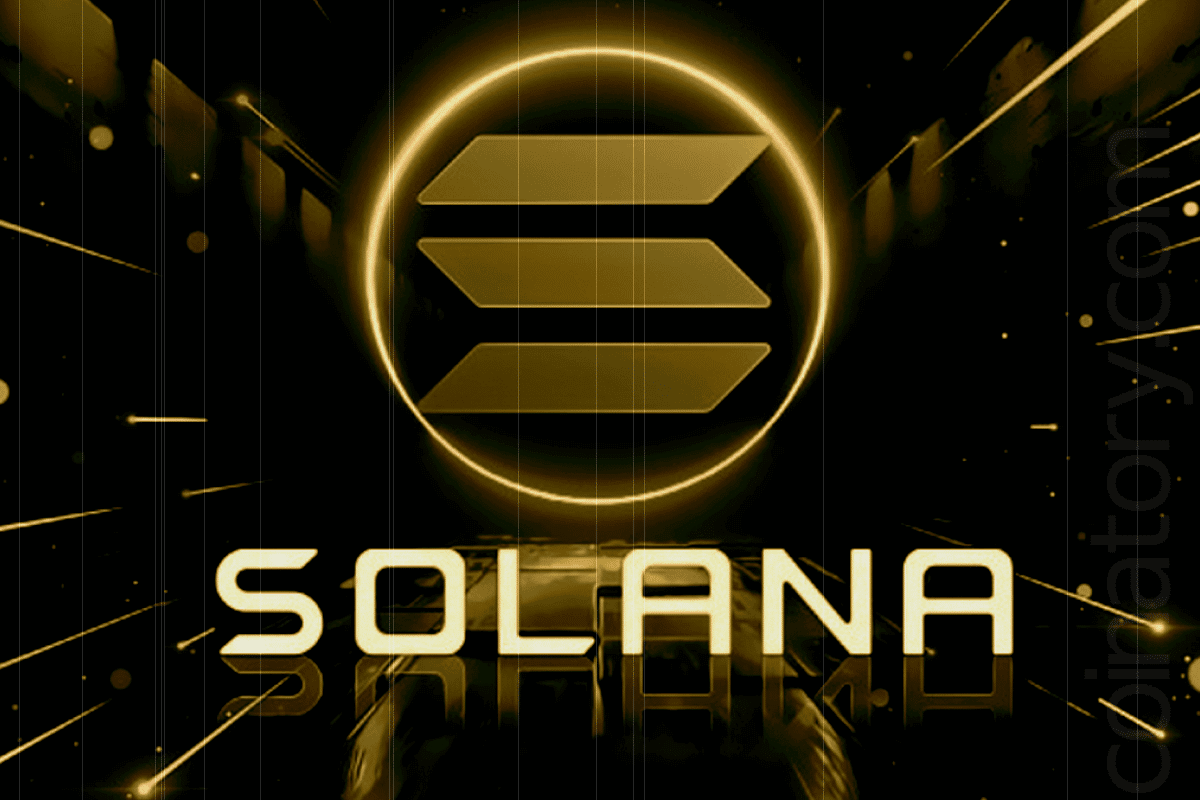
Despite recent surges in transaction volume and fee generation, Solana still lacks the institutional appeal to displace Ethereum as the blockchain of choice for traditional finance, according to crypto bank Sygnum.
Institutional Preference Still Favors Ethereum
In a blog post dated May 8, Sygnum emphasized that while current market sentiment may favor Solana’s performance metrics, the long-term decisions of financial institutions will ultimately shape the blockchain landscape. The firm noted that Ethereum’s core advantages—security, stability, and established longevity—continue to be highly valued by institutional stakeholders.
“We do not yet see convincing signs that Solana would be the preferred choice,” the firm stated, underlining that Ethereum’s consistent track record remains a decisive factor in enterprise-level blockchain adoption.
Solana Revenue Seen as Volatile
Sygnum flagged the instability of Solana’s revenue base, noting its heavy reliance on the memecoin sector. This concentration, the firm argues, renders Solana’s earnings volatile and less attractive to institutions seeking predictable returns. Ethereum, by contrast, continues to generate 2–2.5 times more revenue than Solana, and it does so from more diversified and stable sources such as decentralized finance (DeFi), tokenization, and stablecoin infrastructures.
“Solana’s revenue generation is viewed as less stable, limiting its potential to outperform Ethereum,” the report noted, suggesting that the perceived valuation gap between the two chains may be justified by their differing revenue profiles.
Tokenomics and Value Accrual Challenges
Tokenomics remain another sticking point. While Solana leads Ethereum in Layer-1 fee market share, most of its fees are paid to validators and do not directly benefit the SOL token. Furthermore, Sygnum highlighted that Solana’s community rejected a recent proposal to reduce the token’s inflation rate—another indicator that token value growth is not a primary focus.
In contrast, Ethereum’s slower transaction volume on its mainnet is by design, linked to its Layer-2 scaling strategy that reduces base layer costs but retains broader value accrual to ETH.
Path Forward for Solana
Despite these criticisms, Sygnum acknowledged that Solana has made progress in areas such as total value locked in DeFi protocols and that it holds potential to narrow the gap with Ethereum. If Solana can expand into more stable revenue streams like tokenization and stablecoins, it could gain ground.
Moreover, Ethereum’s recent strategic shift—refocusing on Layer-1 development and reevaluating its market approach—may serve as a temporary tailwind, arresting a two-year trend of underperformance relative to Solana.







